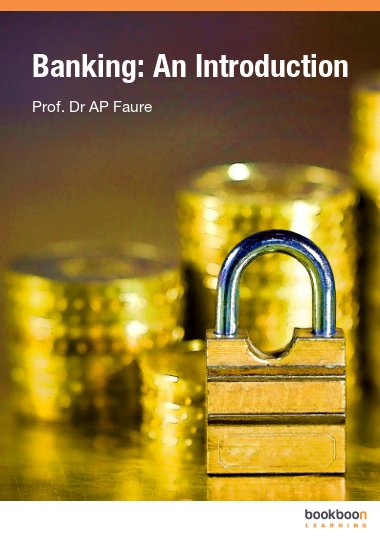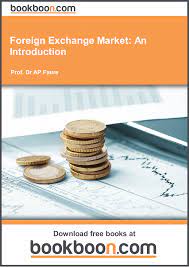Welcome to the subject guide for Islamic Economics and Banking. This research guide has been designed to assist you in finding online and print resources for Islamic Economics and Banking.
Please use the tabs above for more resources.
 Banking: An Introduction
by
this book presents an introduction to private sector banking (as opposed to central banking). Banks are at the very centre of the financial system. They act as intermediaries between all the four sectors of the economy) and all other financial intermediaries. They are also at the very centre of the money market, the market for short-term debt and deposits, marketable and non-marketable, and the interbank markets. They also create the all-important payments system. The banks are unique in that they are able to create new money (by new bank lending), and this is so because money is whatever is generally accepted as the means of payments / medium of exchange: bank deposits (notes and coins make up a minor part of the money stock). Because of this, and other reasons (moral hazard, for example) banks are also inherently unstable, and require robust regulation and supervision. Also because of this, banks are the target of monetary policy implementation.
Banking: An Introduction
by
this book presents an introduction to private sector banking (as opposed to central banking). Banks are at the very centre of the financial system. They act as intermediaries between all the four sectors of the economy) and all other financial intermediaries. They are also at the very centre of the money market, the market for short-term debt and deposits, marketable and non-marketable, and the interbank markets. They also create the all-important payments system. The banks are unique in that they are able to create new money (by new bank lending), and this is so because money is whatever is generally accepted as the means of payments / medium of exchange: bank deposits (notes and coins make up a minor part of the money stock). Because of this, and other reasons (moral hazard, for example) banks are also inherently unstable, and require robust regulation and supervision. Also because of this, banks are the target of monetary policy implementation.
 Financial Markets and Institutions
by
Gain a clear understanding of why financial markets exist, how financial institutions serve these markets, and what services those institutions offer with the proven conceptual framework and clear presentation in Madura's best-selling FINANCIAL MARKETS AND INSTITUTIONS 11E. The text weaves timely examples and practical applications throughout as it emphasizes the securities traded by and the scope of participation of financial institutions within each market. Readers focus on the management, performance, and regulatory aspects of financial institutions and explore the functions of the Federal Reserve System, the major debt and equity security markets, and the derivative security market. This text emphasizes current financial reform with updates throughout that provide a thorough understanding of today's most recent financial changes, developments and trends
Financial Markets and Institutions
by
Gain a clear understanding of why financial markets exist, how financial institutions serve these markets, and what services those institutions offer with the proven conceptual framework and clear presentation in Madura's best-selling FINANCIAL MARKETS AND INSTITUTIONS 11E. The text weaves timely examples and practical applications throughout as it emphasizes the securities traded by and the scope of participation of financial institutions within each market. Readers focus on the management, performance, and regulatory aspects of financial institutions and explore the functions of the Federal Reserve System, the major debt and equity security markets, and the derivative security market. This text emphasizes current financial reform with updates throughout that provide a thorough understanding of today's most recent financial changes, developments and trends
 Foreign exchange market: an introduction
by
This book serves as an introduction to the financial system. The financial system has six elements: lenders & borrowers, financial intermediaries, financial instruments, financial markets, money creation and price discovery. It describes the non-financial surplus and deficit economic units (ie lenders and borrowers), and direct (between ultimate lenders and borrowers) and indirect (via the diverse financial intermediaries) financing. The financial markets (money, bond, forex, share/ stock, etc) are given much attention as the avenues for bringing together lenders, borrowers and financial intermediaries. This is where price discovery takes place. Money creation is afforded special attention because this is a significant element of the financial system and the economy in that it is here where new debt instruments are created. This takes place in the money market, and it is here where the central bank intervenes in its function as the financial system referee.
Foreign exchange market: an introduction
by
This book serves as an introduction to the financial system. The financial system has six elements: lenders & borrowers, financial intermediaries, financial instruments, financial markets, money creation and price discovery. It describes the non-financial surplus and deficit economic units (ie lenders and borrowers), and direct (between ultimate lenders and borrowers) and indirect (via the diverse financial intermediaries) financing. The financial markets (money, bond, forex, share/ stock, etc) are given much attention as the avenues for bringing together lenders, borrowers and financial intermediaries. This is where price discovery takes place. Money creation is afforded special attention because this is a significant element of the financial system and the economy in that it is here where new debt instruments are created. This takes place in the money market, and it is here where the central bank intervenes in its function as the financial system referee.